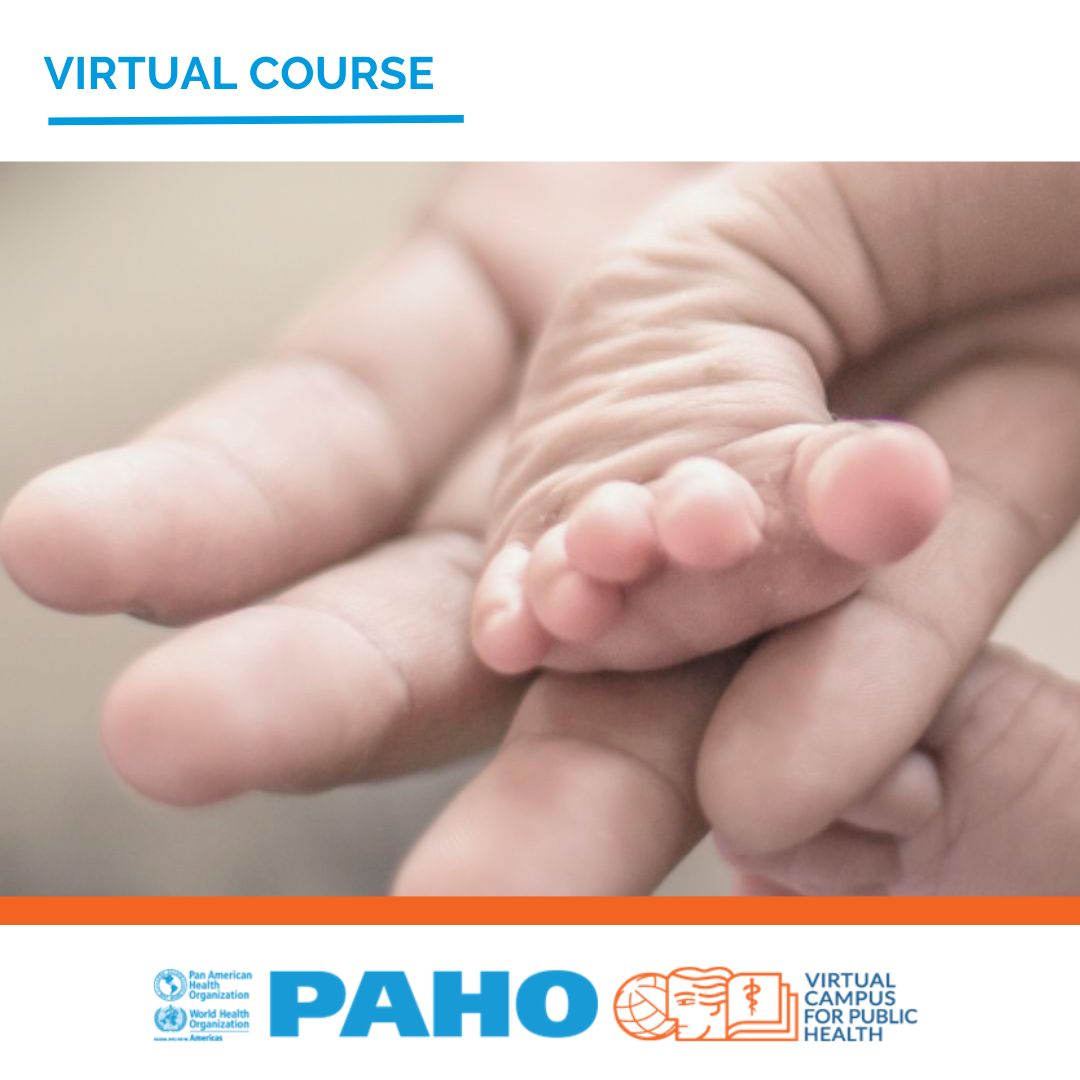Clubfoot management: An orientation to strengthen services across the Americas (2022) - English version

Introduction
Clubfoot is one of the most common birth impairments and a major cause of physical disability among children worldwide. It is estimated that this anomaly affects 200,000 babies every year - one in every 700 live births. Although idiopathic clubfoot is 95% correctable with the cost-effective, non-surgical Ponseti Method, 4 out of 5 children still do not receive proper treatment in the Americas. Without treatment, children experience lifelong disability, discrimination, and exclusion.
In alignment with Sustainable Development Goal 3 and PAHO’s commitment to improving the health and quality of life of children, increasing access to clubfoot treatment in the first two years of life will transform outcomes for many children. The active role of healthcare workers in recognizing and referring babies born with clubfoot will open the door to a healthier life with more opportunity for these children and their families.
Purpose
This course is targeted at healthcare workers and other professionals who care for babies and young children in their work. Its purpose is to raise awareness of the prevalence and impact of birth impairments, and the need to start the appropriate treatment as early as possible and support families who are affected. It takes a close look at clubfoot as one of several birth impairments which require early detection and treatment. It presents essential information on clubfoot and the non-surgical Ponseti method available to eliminate this lifetime disability.
Competencies
This course provides opportunities to develop competencies related to the provision of health services that incorporate perspectives of individuals, caregivers, families, and communities as participants in and beneficiaries of health systems, particularly in cases of birth impairments and children with clubfoot. Also, to learn from others’ experiences of the health system, health conditions and lived environment.
Learning Outcomes
1. Become familiar with the characteristics of clubfoot and other common birth impairments.
2. Understand that clubfoot can be treated by a simple, low-cost technique called the Ponseti Method.
3. Understand the importance of early detection and referral and the role of healthcare workers in examining children for birth impairments.
4. Reflect on community perceptions about birth impairments and learn from examples of how communication with families could be supportive, encouraging, and avoid stigma and misinformation.
Participants Profile
This course is addressed to healthcare workers and others who interact regularly with babies and small children, including researchers and students interested in expanding their understanding of clubfoot as one of many birth impairments.
Duration
2 hours
Methodology
This course is self-directed and self-paced.
Course Structure
Module 1: What is Clubfoot?
Module 2: The Case for Clubfoot
Module 3: Clubfoot Treatment
Module 4: The Role of the Health Worker
